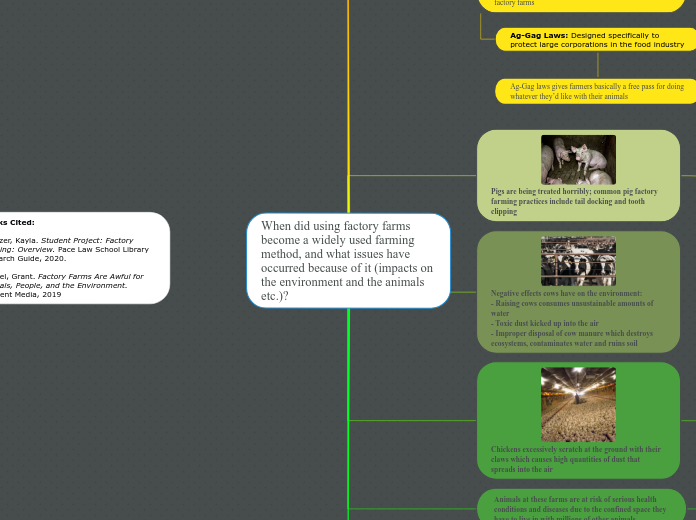da Adellina Sunseri mancano 5 anni
649
When did using factory farms become a widely used farming method, and what issues have occurred because of it (impacts on the environment and the animals etc.)?

da Adellina Sunseri mancano 5 anni
649

Più simili a questo
94% of all animals that are farmed are raised on factory farms